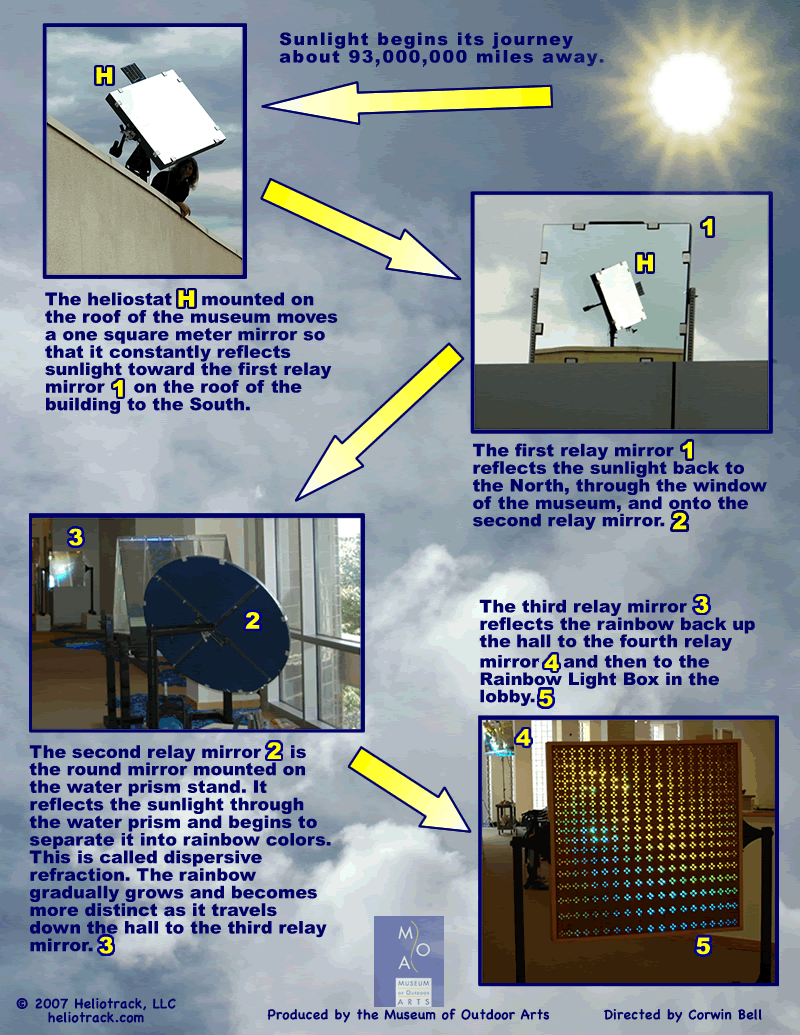
The problem I am trying to tackle is that signal is too easy to trigger in the area that is close to the device. That means the beam above is not sharp enough for me, and the it is too sensitive than I want.
The way I am working on is to store the signal value to a secondary value and then compare it with the signal reading in the next loop. if the difference is large enough, the servo doesnot turn.
So the problem is to find a good threshold for this difference.




![[schematic+of+panel.bmp]](https://blogger.googleusercontent.com/img/b/R29vZ2xl/AVvXsEhvOz16vPCYVmc9UZGHblTcv0GPu8E_zLCBQe98WMixxebXB8JiQGZlus0f-ja8A90mreR8fesrPPEPJaLtPtHs5Vu469z1zvSdpLv8okb30F1y1gLEevblAqG0YNUPEPb3z_MQwfIyhOpi/s1600/schematic+of+panel.bmp)
![[Schematic+One+Unit.bmp]](https://blogger.googleusercontent.com/img/b/R29vZ2xl/AVvXsEjWQhMdI-cQ_tUhbrPJalDgsaeZieM-dTaxrlYeApz2DMGD57mvHixj1odK4NyDUot8Z7keccsXSayNIf0HLa6po2jb2jDB3yXYI5NoUPpvMVL39wuwlPkKleaGLFKPxv2p2FrZloeOdWcj/s1600/Schematic+One+Unit.bmp)

![[Solar+Array+Large.bmp]](https://blogger.googleusercontent.com/img/b/R29vZ2xl/AVvXsEjnIXHiZM5Mj0HOAgFlKJ90J1Js6KeiqG9tbbDZxfQU1nURPuXzc9-OEhlRwg9_aAlLS5c5GIMwyFx4EAM0xU-Kn7QMVAJ_otg_5FYRP0RbGkDzQBWFNh0FTXEkMGL-6z2IDvM86acANfcI/s1600/Solar+Array+Large.bmp)




